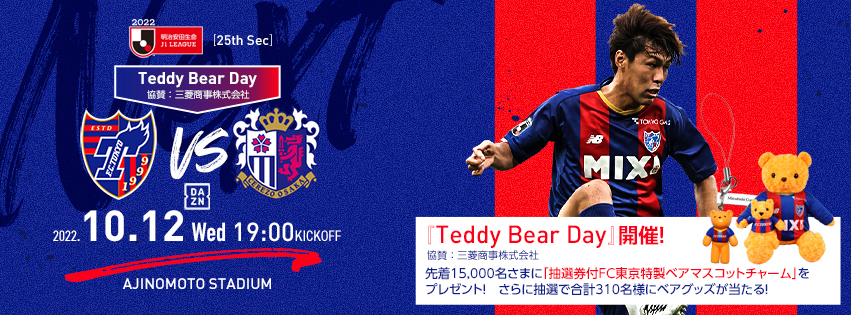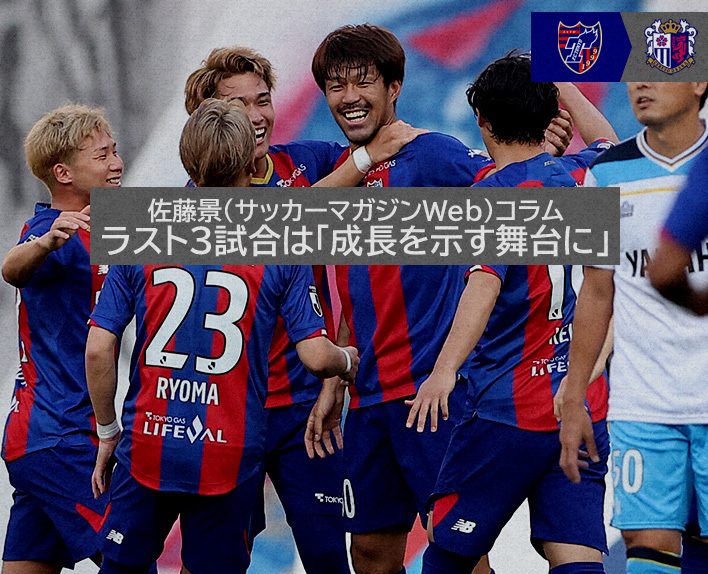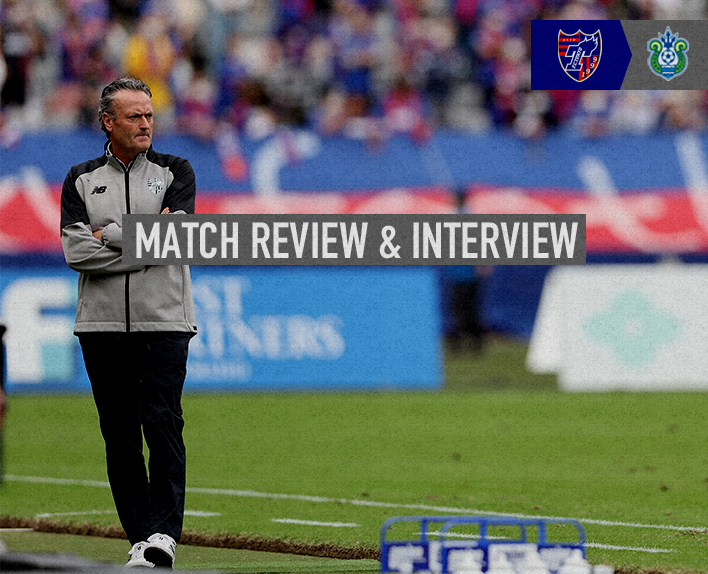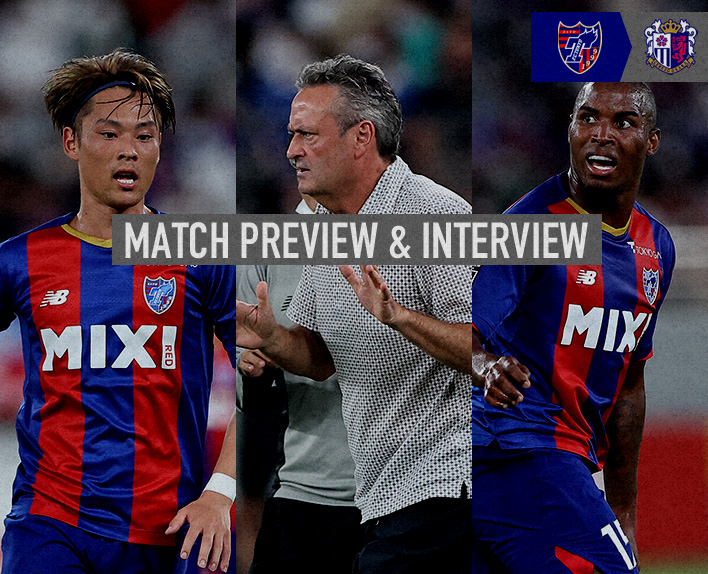Consistently maintained a position within the top 10 since May
The season, positioned as the year of reform for Tokyo, is now down to the 'last three' matches. Only two of those will be played at home at Ajinomoto Stadium: the match against Cerezo Osaka on Oct 12 (Wed) and the final match against Kawasaki Frontale on Nov 5 (Sat). (The other match is an away game against Nagoya Grampus on Oct 29.) Both teams are positioned higher than Tokyo. It may be said that these two matches will test the true value of Albert Pobor's Tokyo.
The team has made a significant shift this season from a counter-attacking style of play. To put it broadly, it is a style that focuses on taking optimal positions to maintain possession of the ball and advance the game favorably. To achieve consistent results, it is necessary to fight actively rather than passively, as emphasized by coach Albert PUIG ORTONEDA during his inaugural press conference.
However, "Easier said than done" is always associated with style changes. Currently, Zoran PETROVIC, who leads Hokkaido Consadole Sapporo, also needed a lot of time to instill his philosophy during his time at Sanfrecce Hiroshima.
Now the manager of Celtic, Ange POSTECOGLOU has also gained fame in Europe. In his first year leading Yokohama F.Marinos in 2018, he was unable to fully implement a high-pressure and high-tempo style, finishing in 12th place. He experienced the pains of creation. The past examples prove that a change in style cannot be completed overnight.
Albert Pobor Tokyo also lost points due to careless mistakes in the middle of the season. Being overly conscious of their positioning rather than the situation and game state led to poor passing, resulting in losing the ball when transitioning to offense. As a result, they were directly hit by the opponent's quick counterattacks.
Nevertheless, it cannot be said that they have reached the level of decline mentioned in the previous examples. The coach has managed to navigate through difficult tasks successfully. Moreover, they have not made the foolish mistake of abandoning their concept midway. Looking at the ranking changes up to Sec. 32, they were below 10th place only in the early stages. Since May, they have consistently maintained a position within the top 10.
Currently, Tokyo is in 7th place, but they are just 1 point behind Kashiwa Reysol in 6th place and 2 points behind Kashima Antlers in 5th place. Moreover, they have played one match less than these two teams. If they win against 4th place C Osaka and 2nd place Kawasaki in their home games 'Last 2', they will be in a position to aim for an even higher rank.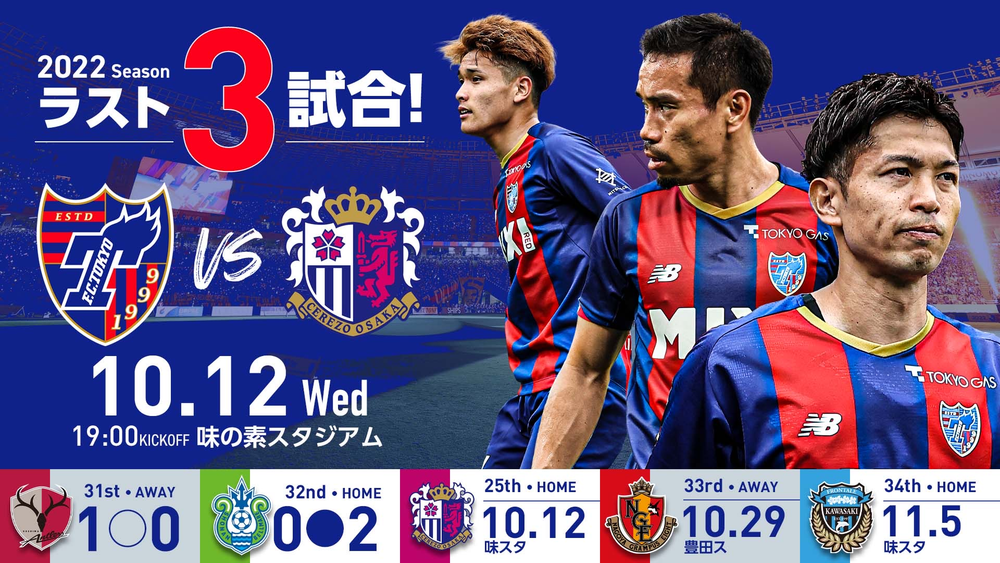
A different match against C Osaka than last time!
The team's evolution can be seen from their performance on the pitch. For example, in the match against Kyoto SANGA F.C. held at the Japan National Stadium in Sec. 30. They connected passes from deep in their own territory, breaking through the opponent's pressing line multiple times. The players worked in unison, accurately advancing the ball, which was something not seen in the early part of the season.
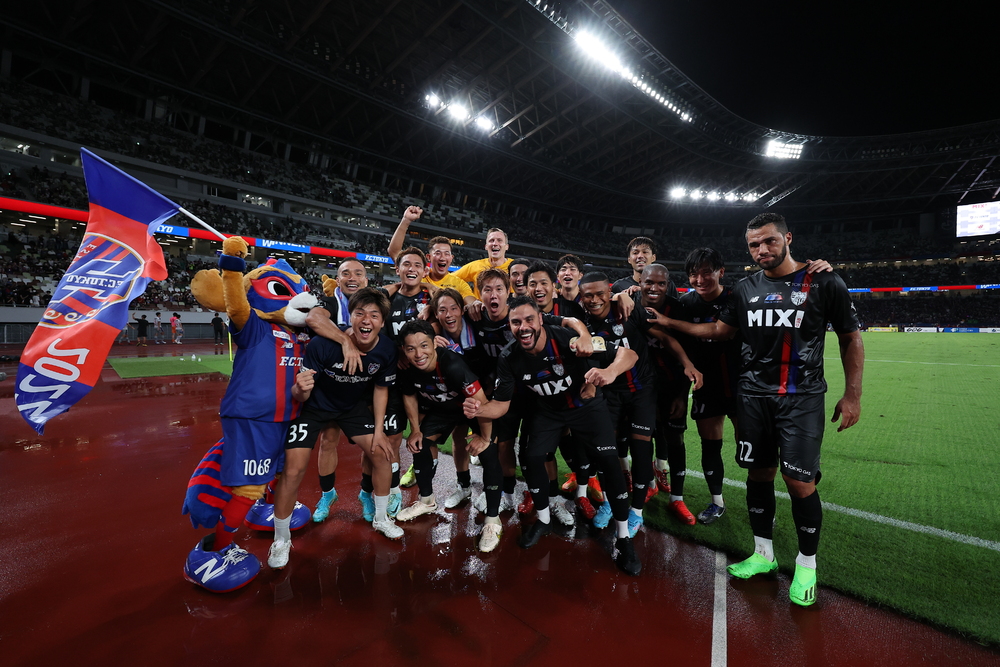
In the away match, they showcased an impressive performance against Kashima Antlers in Sec. 31, winning 1-0. Especially in the first half, the content was satisfactory for coach Albert PUIG ORTONEDA, with a high ball recovery rate due to aggressive pressing, executing their strategy effectively on both offense and defense. They demonstrated the ability to implement 'their own play' even against a strong opponent.
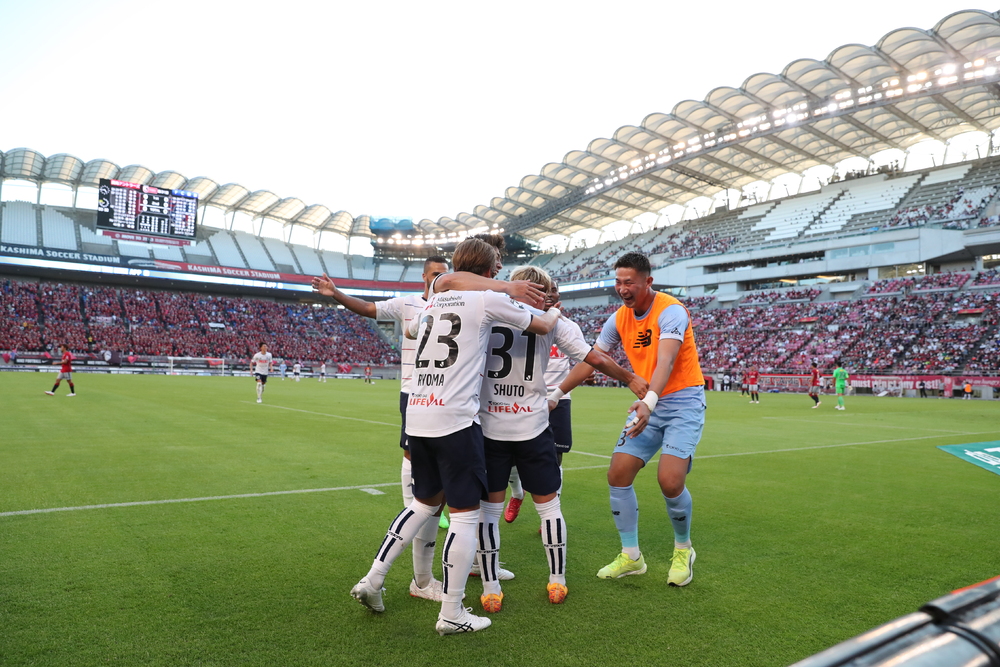
After the match against Kyoto, Keigo HIGASHI, who was circulating the ball as an anchor, said, "That is the shape the team aims for. We have been able to show what we have been working on," and stated that they are still in a developing stage, while also mentioning that they are getting closer to their ideal form. The players likely feel that they are progressing on this path.
In fact, in terms of possession, which the coach considers one of the indicators for realizing the concept, there are increasing cases where Tokyo surpasses their opponents. In 5 out of the 6 matches since September, they have outperformed their opponents (Reference: J STATs). Although there is still room for improvement in handling situations like the matches against Vissel Kobe and Shonan Bellmare, where they are forced to hold the ball and counterattacks are aimed at them, overall, they have been able to take the initiative and maintain time to push their opponents back.
What I want to focus on in the match against C Osaka on the 12th is the content of that possession. In other words, 'whether we hold the ball or are made to hold it.' In the previous away match (March 6), we spent a long time being on the back foot, often having to defend. We managed to win 1-0 with a goal from Kazuya KONNO after stealing the ball in the opponent's territory, but we struggled to take control of the game, leaving a strong impression of difficulty. In this upcoming match, we want to show a different side compared to the last time when we had just started working on our new style. Ideally, we should be attacking with possession.
The opponent has improved their level of play compared to the match in March, but there are still attacking opportunities. Exploiting the space behind the attacking full-backs, Ryosuke YAMANAKA and Riku MATSUDA, remains an effective strategy. The forward runs of the full-backs are crucial for C Osaka, both in terms of build-up play and creating width in attack. There will definitely be chances to exploit the space behind them several times during the match. The key for Tokyo will be how they send players and the ball into that space during those opportunities.
As in the previous match, there is certainly the option to aim for a goal with a short counter from high pressing, but the opponent will likely be on guard, not wanting to make the same mistake again. This time, in addition to that attacking method, I want to implement a strategy where the wings, inside midfielders, and full-backs connect to take advantage of the space behind, inserting the ball there to open up a route to the goal. If we are given the ball and the defense is set, we should move the opponent's defensive formation with our passing work and attack quickly before they can slide over to the side.
For one year, without wavering, Albert Pobor has been honing his skills here. Can the match against C Osaka serve as a stage to demonstrate growth? To conclude the 2022 season in a good way, what is required is a victory accompanied by substance.
Text by Kei Sato (Soccer Magazine Web)
